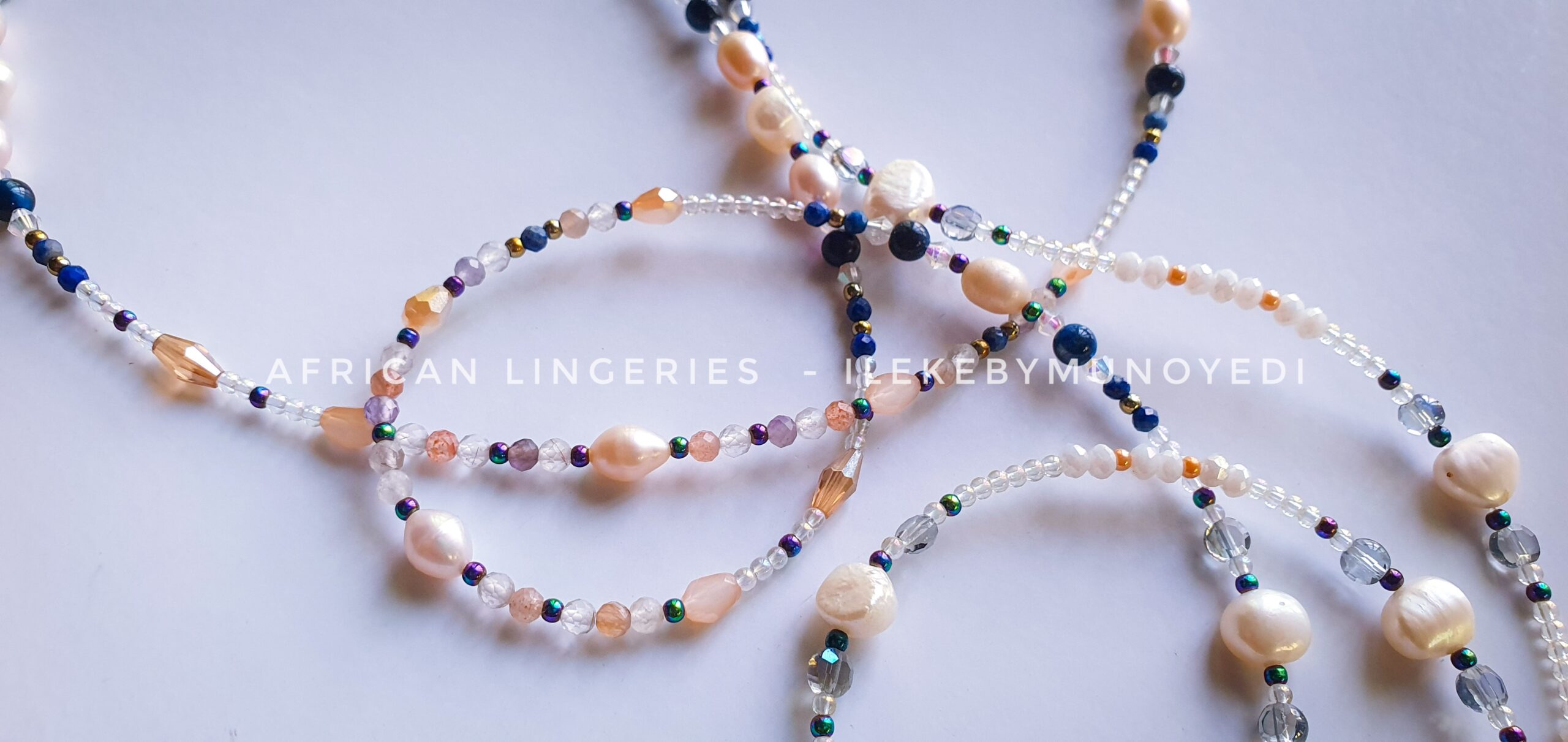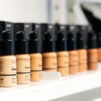
The Luminous World of Pearls: A Guide to Types, Lustre, and Legacy
Few gemstones capture the imagination quite like pearls. Unlike diamonds or sapphires, pearls are born not from the earth’s crust but from the heart of the ocean. And for centuries they have captivated humanity with their timeless natural glow. They are the only gemstones created by living organisms — each one a luminous testament to patience, time, and nature’s artistry.
But while pearls have graced crowns, runways, and heirlooms for centuries, many buyers still wonder: What makes one pearl different from another?
As not all pearls are created equal, some are born in freshwater mussels, while others are cultivated in saltwater oysters.
In this guide, we’ll explore the fascinating differences between freshwater and cultured pearls, uncover what makes a pearl truly lustrous, and delve into their rich historical significance.
Et qui falli latine consequuntur. In appellantur concludaturque pro. Commune scriptorem ad pri, ut euripidis posidonium has. Eum ei verear dolorum. Duo quas viris delenit cu, dolores inciderint scribentur mel in. Option elaboraret et mea, sea eligendi insolens scripserit etsei.
Freshwater vs. Saltwater Pearls: What’s the Difference?
1. Freshwater Pearls
- Origin: Grown in freshwater lakes and rivers, primarily in China.
- Formation: Produced by mussels, often yielding multiple pearls per shell. They are often smaller and more irregular than saltwater pearls, giving them a unique charm
- Shape & Colour: More varied in shape (oval, baroque, near-round) and available in soft pastels like white, pink, and lavender.
- Durability: Thicker nacre (pearl coating) makes them more resistant to wear.
- Price: Generally more affordable than saltwater pearls.
2. Saltwater Pearls (Cultured Pearls)
These are the pearls most associated with luxury, cultivated in oysters in oceans across the world.
- Origin: Cultivated in oceans, with famous varieties like Akoya, Tahitian, and South Sea pearls.
- Formation: Each oyster typically produces only one pearl at a time.
- Shape & Colour:
- Akoya: (Classic round, white with rosé or silver overtones) The classic white or cream pearls, prized for their mirror-like lustre and perfect roundness. Often seen in traditional pearl strands.
- Tahitian: Naturally dark (peacock green, charcoal, aubergine) pearls from French Polynesia, ranging from deep black to green, peacock, and silver hues. Their dramatic colour makes them stand out.
- South Sea: (Large, golden or white with satin-like lustre) The largest and rarest of cultured pearls, grown in Australian and Southeast Asian waters. Their satiny lustre and size make them exceptionally valuable.
- Durability: Thinner nacre but still durable with proper care.
- Price: More expensive due to rarity and longer cultivation time.
Which Should You Choose?
- For affordability & variety: Freshwater pearls.
- For classic elegance & prestige: Saltwater pearls.
Lustre: The Soul of the Pearl
When choosing pearls, lustre is everything. It’s the way light reflects from the pearl’s surface and glows from within its layers (nacre).
- High-quality pearls display a crisp, mirror-like reflection and a radiant inner glow.
- Lower-quality pearls may appear chalky, dull, or flat.
Simply put, lustre is what gives pearls their life — their quiet radiance that feels both ethereal and elegant.
What Makes a Pearl High Quality?
Pearl value is determined by lustre, surface quality, shape, size, and colour.
- Lustre (The Most Important Factor)
- The sharpness and depth of reflections on the pearl’s surface.
- High-quality pearls have a mirror-like shine, while lower grades appear dull.
- Surface Quality
- Fewer blemishes = higher value.
- Minor imperfections are natural but shouldn’t dominate.
- Shape
- Round pearls are the rarest and most prized.
- Baroque (irregular) pearls offer unique, artistic appeal.
- Size
- Larger pearls are rarer (e.g., South Sea pearls can exceed 15mm).
- Colour & Overtone
- Natural hues (white, black, gold) and overtones (rosé, silver, peacock) affect beauty and price.
Caring for Your Pearls
Pearls are delicate and require special care:
- Wear them often (body oils enhance lustre).
- Keep away from perfumes, lotions, and chemicals.
- Clean with a soft, damp cloth—never ultrasonic cleaners.
- Store separately to avoid scratches from other jewellery.
Legacy and Symbolism
Pearls have long been a symbol of purity, wisdom, and wealth. From Cleopatra’s legendary pearl cocktail to Coco Chanel’s iconic layered strands, pearls have always transcended trends.
- In many cultures, pearls are given to mark weddings, anniversaries, and milestones, an heirloom in the making.
- Historically, they were reserved for royalty and the elite, often called the “Queen of Gems.”
- Today, pearls carry both tradition and modern appeal, worn as effortlessly with a silk gown as with a crisp white shirt
The Eternal Allure of Pearls
Pearls are more than adornment. They’re a legacy — each strand, pendant, or stud connecting the wearer to history, nature, and elegance itself.
Whether you choose the affordability of freshwater pearls, the deep mystery of Tahitians, or the luminous prestige of South Sea pearls, pearls remind us that true beauty is not forged but grown.
Their soft glow complements any style, from classic strands to modern statement pieces.
Their message is timeless: refined, natural, luminous.
Explore our pearl collection and find the perfect piece to treasure for generations!






Claudia Kennen
Partiendo interpretaris sit et, cu pro minim mollis. Audire voluptua salutandi nec te, ne erat perfecto antiopam cum, eos an corpora suscipiantur.
Isabel Miller
Sint facer ignota an nec, eirmod omittam in est.